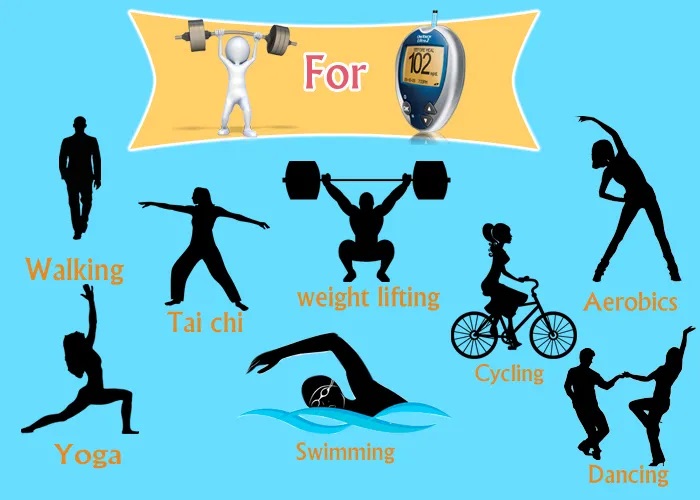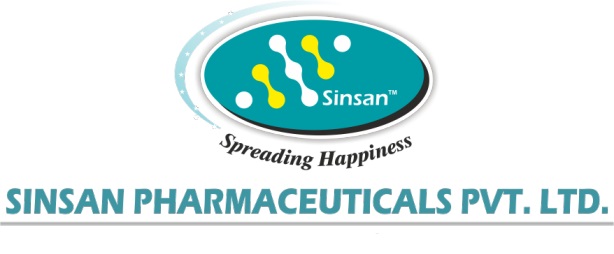TYPES OF EXERCISES IN MANAGING LIPID LEVELS

The goal is to get at least 150 minutes per week of moderate-intensity physical activity. One way to do this is to try to fit in at least 20 to 25 minutes of activity every day. Also, on 2 or more days a week, include activities that work all major muscle groups (legs, hips, back, abdomen, chest, shoulders, and arms).
Examples of moderate-intensity physical activities include:
- Walking briskly
- Doing housework
- Mowing the lawn
- Dancing
- Swimming
- Bicycling
- Playing Sports
These activities work your large muscles, increase your heart rate, and make you breathe harder, which are important goals for fitness. Stretching helps to make you flexible and prevent soreness after being physically active.
Ways To Get Started

Finding an activity you enjoy and having a partner helps you stick with it.
Find something you like. Exercising by doing something you enjoy is important because if you don’t like it, you won’t stick with it. Find an activity that you and your healthcare provider agree you can do regularly for the best results.
Start small. If you’re not already physically active you should begin slowly and work your way up to the desired level. For example, you could park farther from the door, take the stairs, do yard work or walk the dog. Start small and gradually add a little more time and intensity each week.
Find a partner. It’s more fun when someone else is counting on you to show up. Having a partner may help you continue to be active.
Pick a goal. An example of a goal could be to walk a mile every day for a month or to be active every weekday for 30 minutes. Be specific and realistic. Always discuss your activity goals with your healthcare provider.
Schedule it in. The more regular activity you do, the quicker it will become a habit. Think of ways to link activity to daily life. For example, you could schedule walking with a co-worker after lunch. Try not to go more than 2 days in a row without being active.
